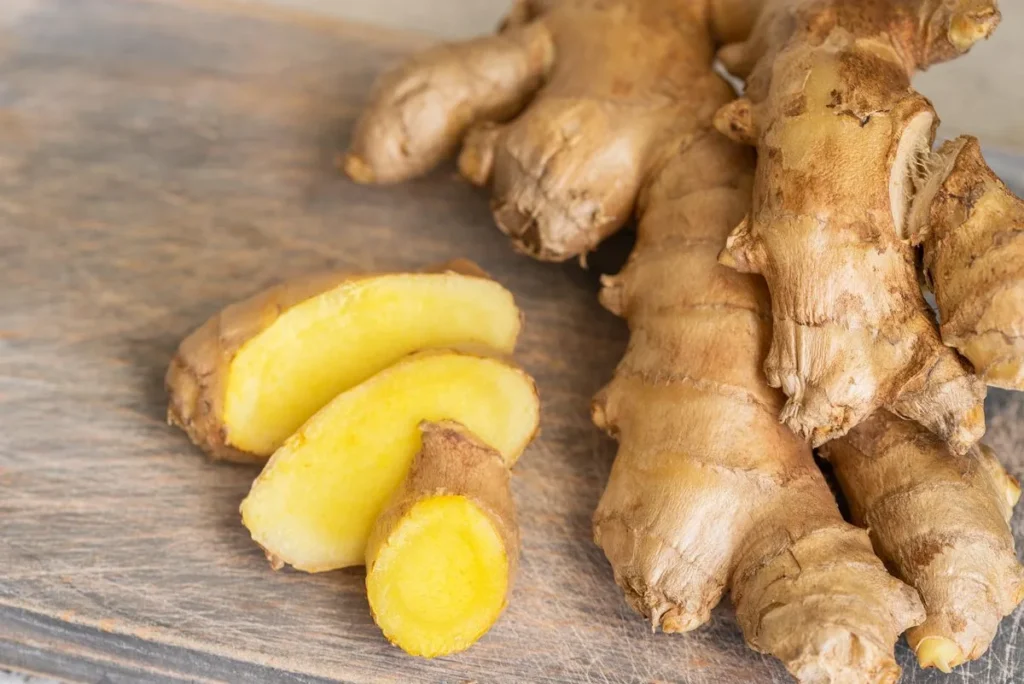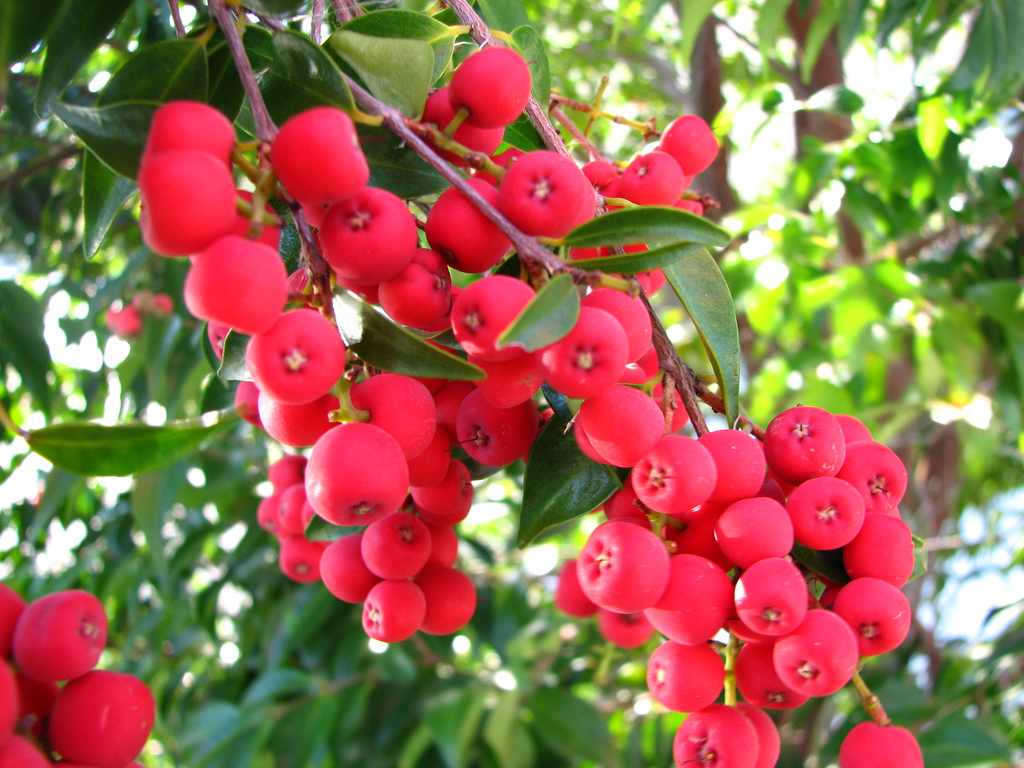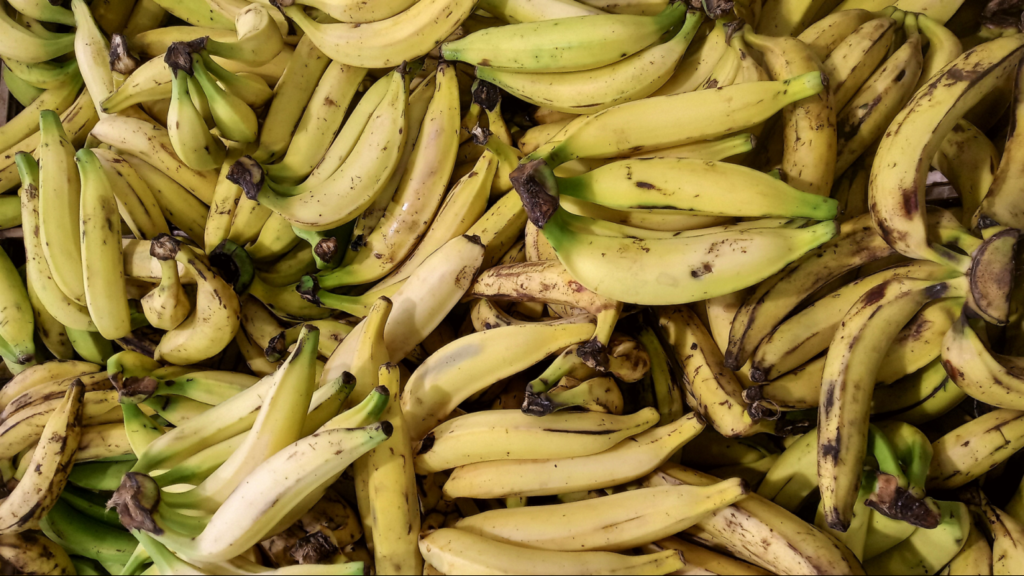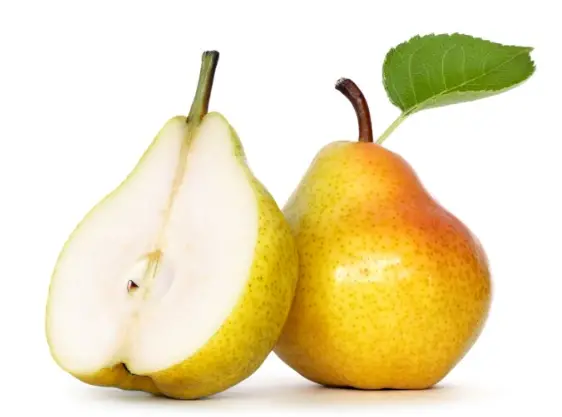The sorrel fruit is a tiny, brightly-colored berry that’s both sour and a bit sweet. People use it to make things like jams, syrups, and sauces. It’s also a popular ingredient for drinks like sorrel punch and sorrel tea. You’ll mostly find sorrel in hot places like the tropics and it’s a big favorite in the Caribbean.
Table of Contents
- The Flavor of Sorrel Fruit
- Where Sorrel Fruit Comes From
- How Sorrel Fruit is Grown
- When You Can Find Sorrel Fruit
- What’s in Sorrel Fruit
- Good Things Sorrel Fruit Can Do for You
- Enjoying Sorrel Fruit
- FAQs
- What does sorrel fruit taste like?
- How do you eat sorrel fruit?
- Is Hibiscus and sorrel the same?
- What is sorrel called in English?
- Is sorrel toxic to humans?
- Is sorrel a spinach?
- Does sorrel taste like lemon?
- What part of sorrel is edible?
The Flavor of Sorrel Fruit
This little fruit tastes strong and sharp, with a tangy kick like cranberries, hibiscus, and a hint of lemon, rhubarb, and green apples. Its powerful sour taste is perfect for recipes that need a sweet and tart flavor. Plus, its lovely red color really stands out, making dishes and drinks look great.
With its punchy taste and bold color, sorrel fruit is really adaptable and adds excitement to all sorts of food and drink, from beverages to sweet treats.
Where Sorrel Fruit Comes From
Also known by its scientific name, hibiscus sabdariffa, sorrel fruit first grew in West Africa. Now, you can find it in various countries across the globe, like in the Caribbean, Africa, Asia, and South America. For generations, people have used sorrel for its health benefits, in special ceremonies, and of course, in many traditional recipes and beverages.
For example, sorrel punch and jelly are holiday favorites in the Caribbean. Africans enjoy sorrel tea for relaxation and digestion help. In Asia, sorrel is added to drinks for a boost of healthy antioxidants and gives a unique flavor to classic recipes.
Sorrel fruit has a special place in the hearts and kitchens of many cultures worldwide, making it an essential part of our global food history.
How Sorrel Fruit is Grown
Growing in tropical and subtropical climates, sorrel is a robust, annual green plant that loves sunshine. It thrives in soil that drains well and is rich in organic stuff. It starts from seeds and gets picked when it turns a deep red color. People either eat sorrel right away or dry it to use later.
Sorrel is pretty tough but it needs a bit of extra care to grow well. It can be attacked by pests like aphids and whiteflies, and can get sick with troubles like mildew or rot.
If you want to grow sorrel successfully, you’ll need a warm, moist environment and a good eye for detail to keep your plants happy and healthy.
When You Can Find Sorrel Fruit
Typically, sorrel fruit is ready to eat in the later part of summer and the start of fall. In hot places, you might be able to find it all year. In colder areas, it’s often brought in from warmer countries.
You can look for fresh sorrel in places like special food shops, farmers’ markets, or even online. It’s also sold dried, which is great because you can store it for a long time and have it whenever you like.
The sorrel plant also has leaves and parts called calyces that people use for cooking. Sometimes you can find these fresh or dried in special food stores or on the internet.
Whether you can get sorrel depends on things like the local weather and time of year. But usually, you can find it in some form throughout the year.
What’s in Sorrel Fruit
Sorrel fruit isn’t just tasty – it’s packed with good stuff and doesn’t have many calories. Here’s what you’ll get in 100 grams of sorrel fruit:
- Calories: Just 30
- Carbs: 7 grams
- Fiber: Packed with 2 grams
- Protein: 1 gram
- Fat: Zero grams
- Vitamin C: A whopping 60 milligrams, which is all you need in a day
- Vitamin A: 40 milligrams
- Calcium: 40 milligrams
- Iron: 0.9 milligrams
Sorrel’s full of important vitamins and minerals, and it’s especially rich in antioxidants like anthocyanins. These benefits can help your heart, lower the chance of getting cancer, and much more, all while adding a fun taste to your food and drinks. That’s why sorrel fruit is an excellent thing to include in your diet.
Good Things Sorrel Fruit Can Do for You
Thanks to all the nutrients and antioxidants it contains, sorrel fruit might be good for:
- Fighting off damage in your body: Sorrel has lots of antioxidants, like anthocyanins and vitamin C, that help protect your cells from harm caused by free radicals.
- Keeping your heart healthy: The antioxidants in sorrel can help reduce swelling and damage from stress inside your body, which is good for your heart.
- Helping your digestive system: People have used sorrel to help with stomach trouble like gas, feeling bloated, and being constipated.
- Boosting your immune system: With lots of vitamin C, sorrel helps strengthen your immunity and protect you from getting sick.
- Lowering the chance of getting certain cancers: Some research shows that sorrel might help protect against breast and colon cancer.
- Preventing colds and flu: As an age-old African remedy, sorrel is rich in Vitamin C, making it great for fending off colds and flu.
Scientists are still looking into how sorrel fruit affects health, so we’re getting to know even more about its possible good effects.
Enjoying Sorrel Fruit
The versatile sorrel fruit is a delight to eat in so many ways. Whether you’re enjoying it fresh, dried, or as a key ingredient in your favorite dishes and drinks, its tangy flavor and health benefits make it a wonderful choice for adding a burst of taste and nutrition to your meals. Use it to create vibrant, flavorful syllables and to give a unique twist to desserts and teas. With its long history in various cuisines around the world, sorrel offers a unique taste experience that also connects you with global food traditions.
Sorrel is a flexible food that you can enjoy in many ways – you can eat it fresh or use it after drying. Here are some great ideas for using sorrel:
- Sorrel Drink: You can boil dry sorrel with spices like cinnamon and cloves. Add sugar to sweeten it and you’ll have a tasty drink that’s popular in the Caribbean.
- Sorrel Sauce: Use the sharp taste of sorrel to make a sauce. It’s great as a topping or mixed into other foods for extra flavor.
- Sorrel Jelly: Pick some sorrel and turn it into a yummy jelly. It’s good on toast or in desserts.
- Sorrel Smoothie: Put sorrel in your smoothie to make it tangy and healthy.
- Sorrel Tea: Dry the fruit and use it to brew tea. You can drink it alone or mix it with things like hibiscus for a new flavor.
No matter how you choose to enjoy it, sorrel is full of taste and good stuff like vitamins A, C, and K! Its light sweetness is perfect for sweet recipes, and its sourness adds a punch to savory dishes. So, when you want something special for your meals or drinks, think about sorrel.









